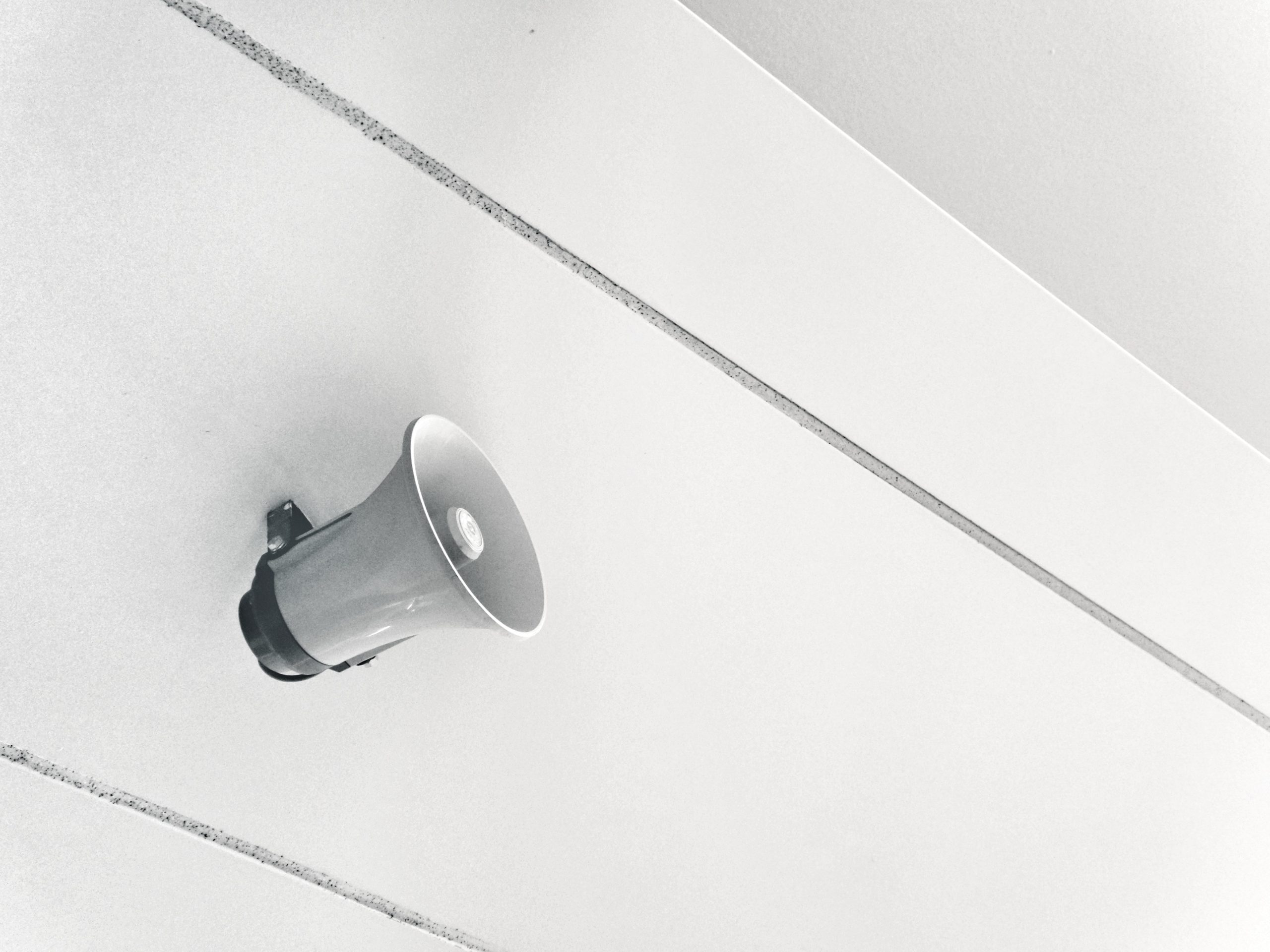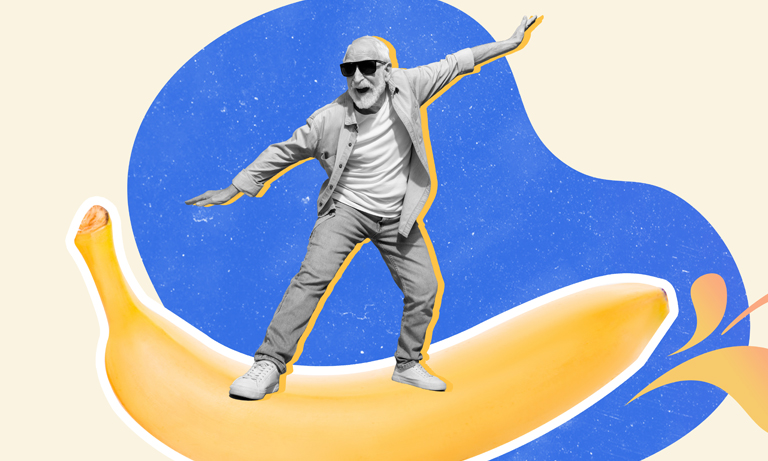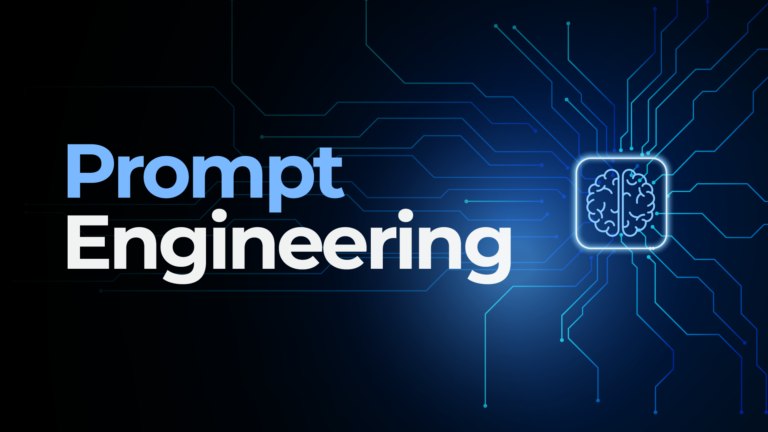User Experience or UX is defined as any interaction a user makes with a product or service. The UX design takes into consideration every element involved that helps in shaping the experience.
The goal of UX design is to build an easy, efficient, relevant and pleasing journey for the user.
Many developers or planners have started to use what they call as a conversion funnel to help them to strategise the user experience journey that a consumer takes. The conversion funnel is a process that is created to attract visitors to the website. It also leads them to take the desired response that you want.
Constructing an effective conversion funnel allows us to implement successful marketing strategies for your website. Before we shop for anything, we analyse, choose, compare prices or products before making a decision. Visitors or customers would want to research their options before deciding what they want. The quality of the conversion funnel helps them to make decisions quicker.
Well, having high traffic to your website does not mean that your website is effective. If they are not converted to leads, your website is not assisting you.
The typical conversion funnel process is commonly made up of 4 main parts:
- Generating awareness for your products or services
- Letting your user understand you
- Creating an affinity with them
- Conversion
To maximise the conversion rate, an effective conversion funnel takes lots of preparation, planning, analysis and optimisation. Understanding the kind of goal you are after will allow you to formulate the strategy that you need. Your conversion funnel needs to converge on one goal and also one call to action. We don’t want to leave our visitors with too many options; most will leave without taking any action.
Getting to know your ideal user
Do know that all of your users that lands on your website are usually at different stages of the process. Also, everyone is different and they will not take the same action, actually many might not even take any action. Our job is to guide them in the most appropriate and desired direction. Ideally, we would want to make the user experience as optimal as possible.
First, we would understand who our target audience & persona is. We would also need to know their interests/pain points/mental models. Doing so allow us to map out the user journey which is somewhat translated in the different levels of the funnel.
Do also provide them with solutions so that they are less likely to leave. Lastly, hope that they feel confident before completing the desired action. Allow them to understand what you have to offer, how you can help them solve their problem.
The four levels of the conversion funnel
Level 1: Awareness
Before having a conversion funnel, we need to know that having a healthy traffic of visitors is crucial for your site. The awareness of your brand makes a whole lot of difference. So before having or building a funnel, consider marketing your brand and reach out for awareness. There are online guides available these days which is easily accessible for everyone.
Content marketing enables us to gain clarity in the search engines by creating and optimising content that caters to those who are doing research. This is where the understanding of how your business can help remove the pain or fulfil the desire of your target audience.
Consider delivering content through blog posts and or videos to attract your target audience. At the awareness stage, information needs to be free so that visitors don’t feel like they are being sold.
Level 2: Understanding
If the bounce rate of the website is high, the problem could be that the website does not have the content that people are looking out for. It can also be the case where the website is difficult to find what they need or it just contains too many options for them.
The content on the website needs to be encouraging enough for your visitors to understand your nature of business. If blog posts allow you to attract users, a call to action for more in-depth content could add to your subscriber list.
This content, in various forms, whitepaper, guide, eBook, checklist or even template, becomes a lead magnet. It is essentially a tool that encourages them to trade their email address for your offer.
Level 3: Affinity
To convert our users into leads, the conversion funnel strategy extends from creating and sharing awareness-building content to content that illustrates why or how your brand is better than your competitors. Reviews, news and case studies work well. Even webinars showcasing your expertise or product demonstrations are also valuable.
To nurture leads and turn them into customers, we can begin by sending them email series or offering them to join our Facebook group. Many qualified leads are still not ready. Providing interesting emails or a community for those who have shown interest in your offerings can change them from a prospect to a customer. Our target audience needs to resonate with your language/culture/behaviour. This is how the affiliation works.
Level 4: Conversion
If everything we have done until now works, our visitor would have taken some form of action. And it depends on the end goal of the user experience, the visitor might just become a qualified lead or a lead becomes a customer.
But the process isn’t just one conversion; it is an on-going, repeatable process that creates various opportunities to provide offers which keep your visitors interested in your offers.
It’s all about understanding how your users think
In conclusion, even if it is just a simple conversion funnel, consider implementing it onto your marketing strategy. If your business is marketed through your website, a well-defined conversion funnel is recommended as it allows your lead generation to grow.
Understanding the user experience and think of them in their perspective, be in their shoes, think like them, act like them. Figure what attracts them, their pain points and how we can ultimately help them. Learning their needs and creating content that answers it, allow us to build a better relationship with the people on the other side of the screen.










